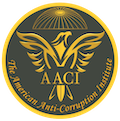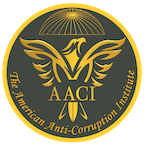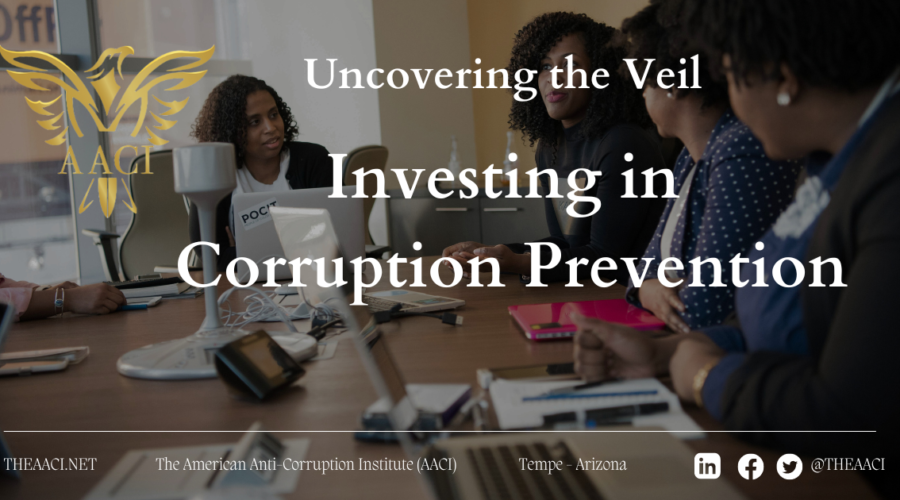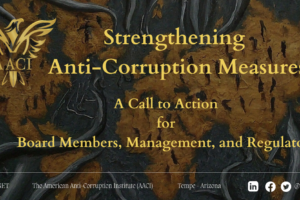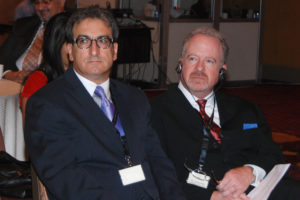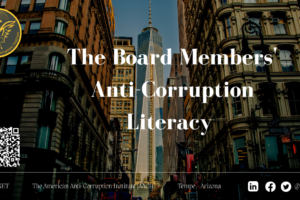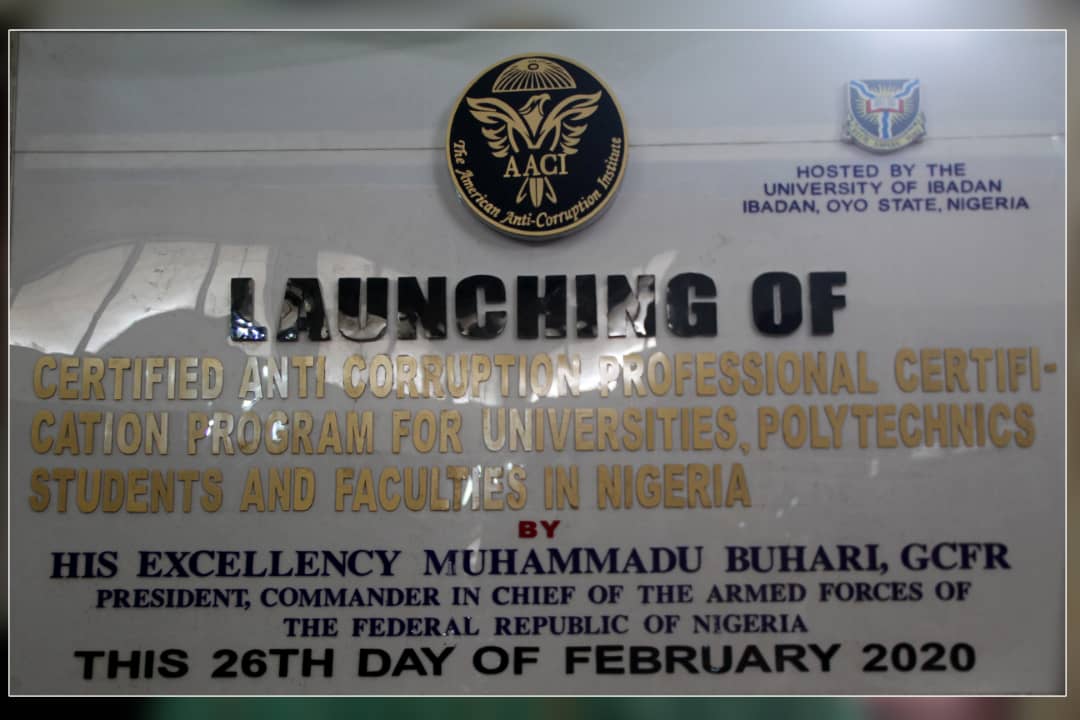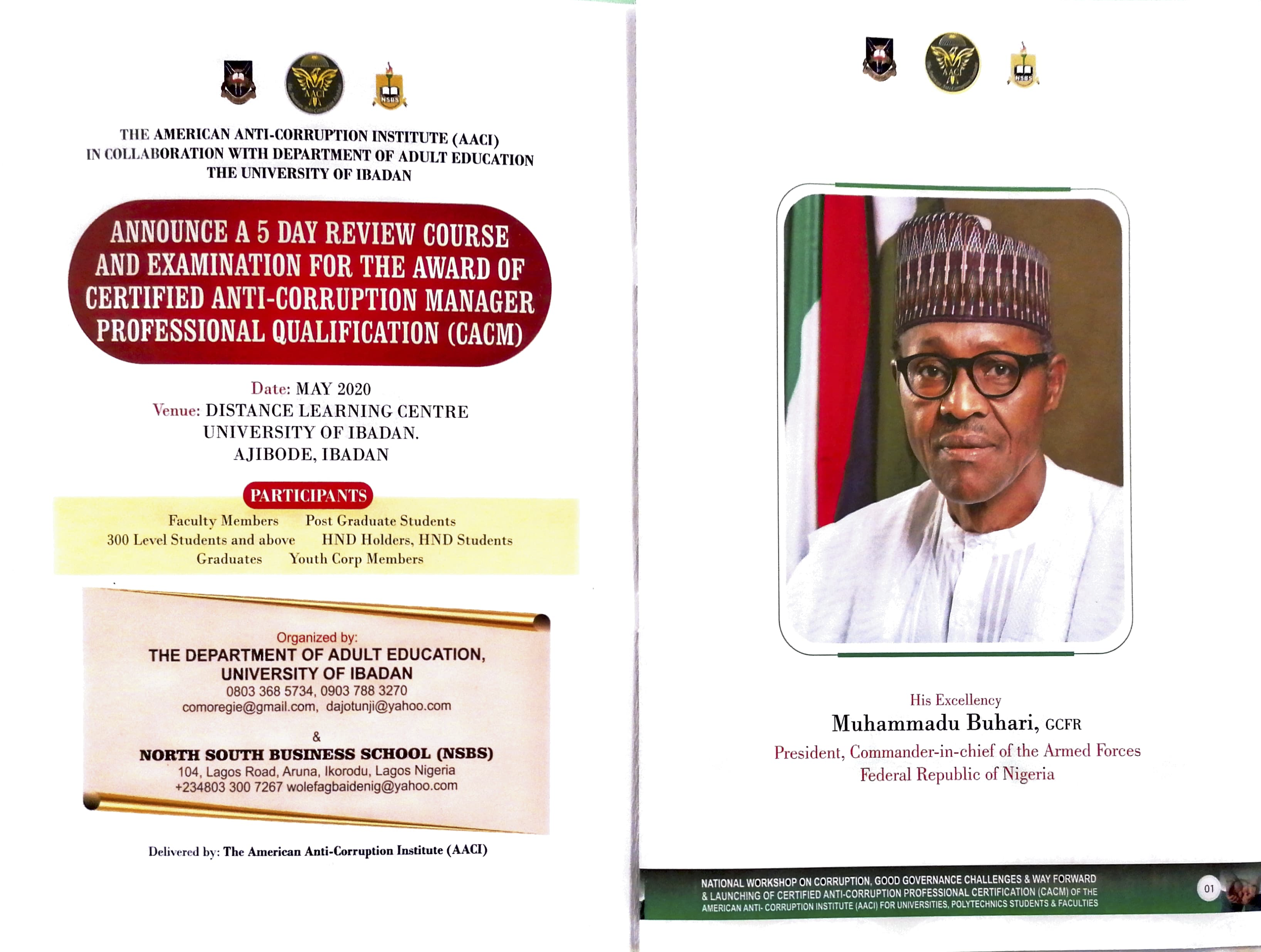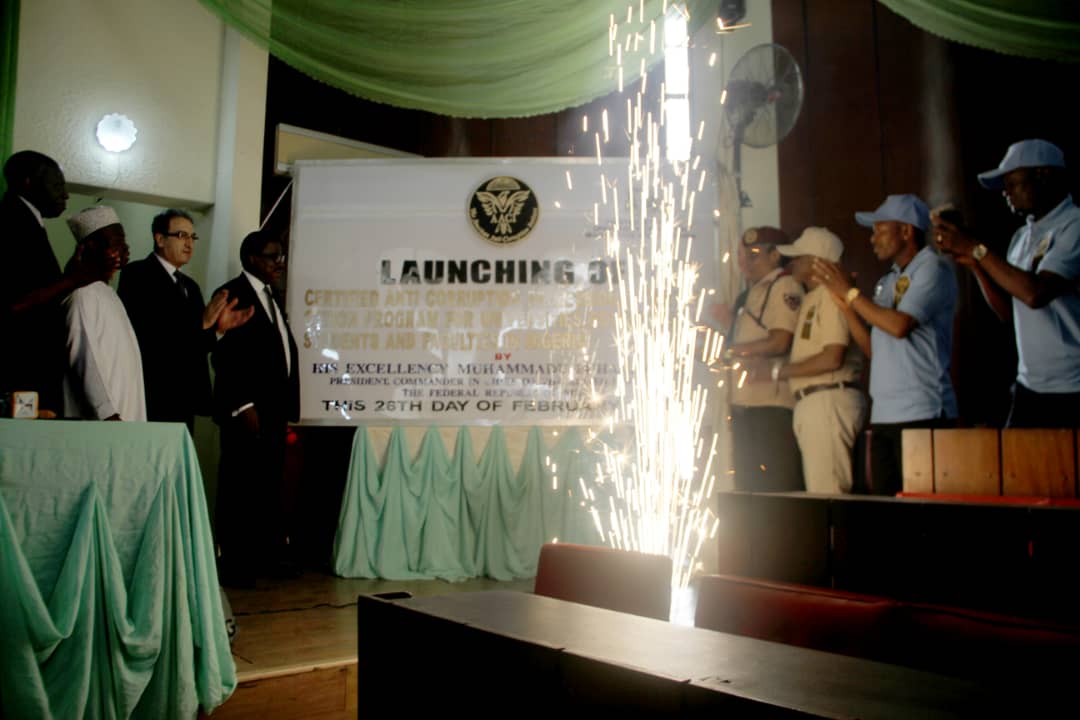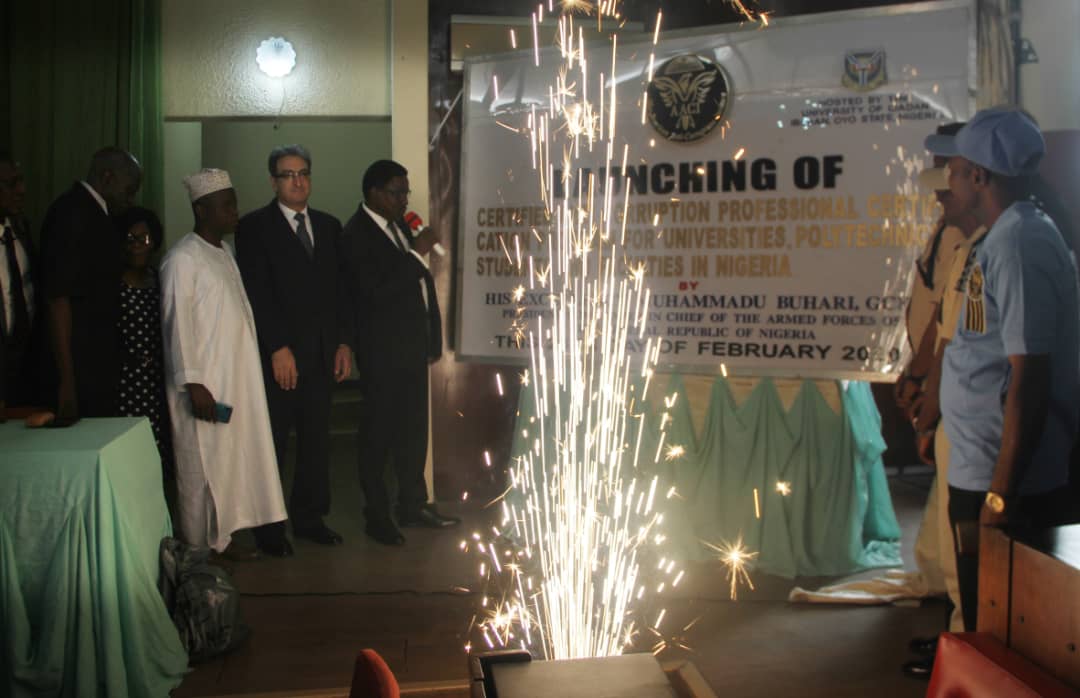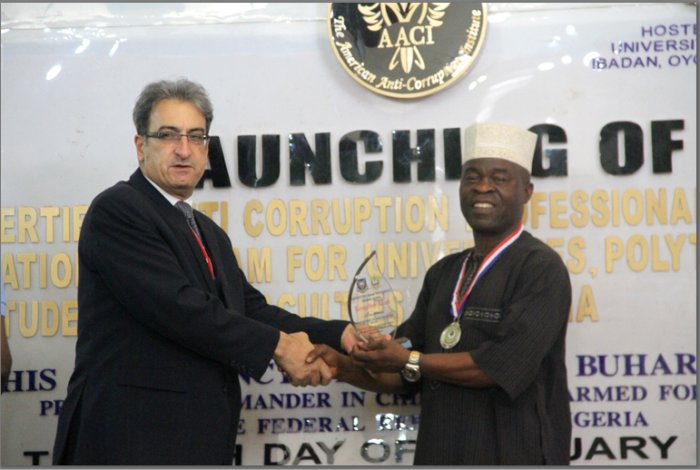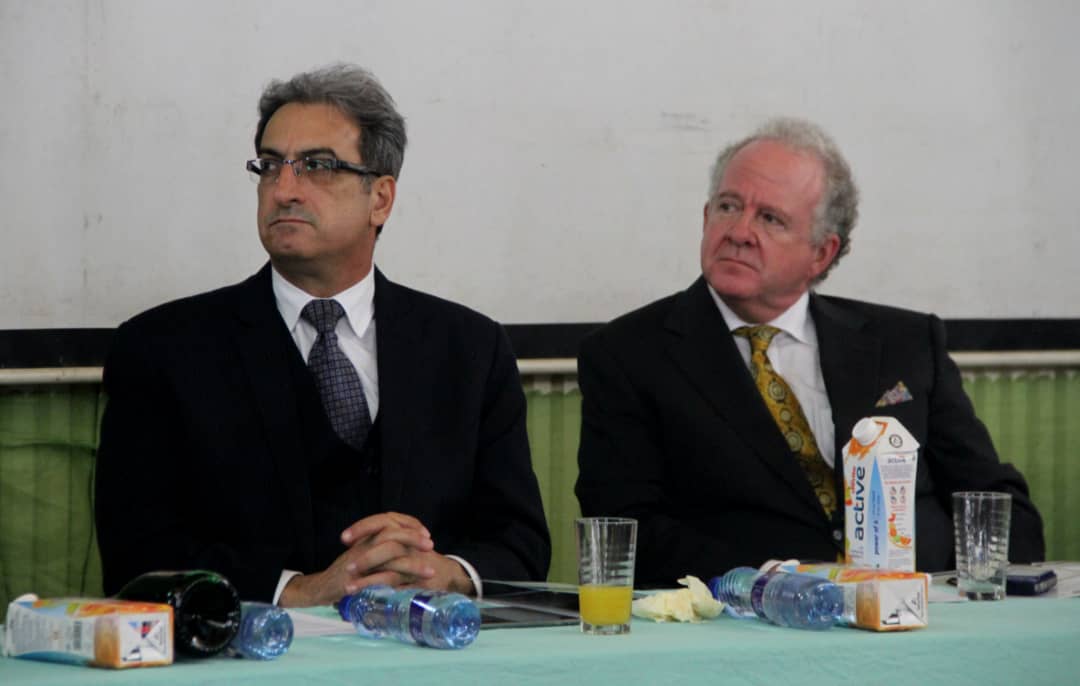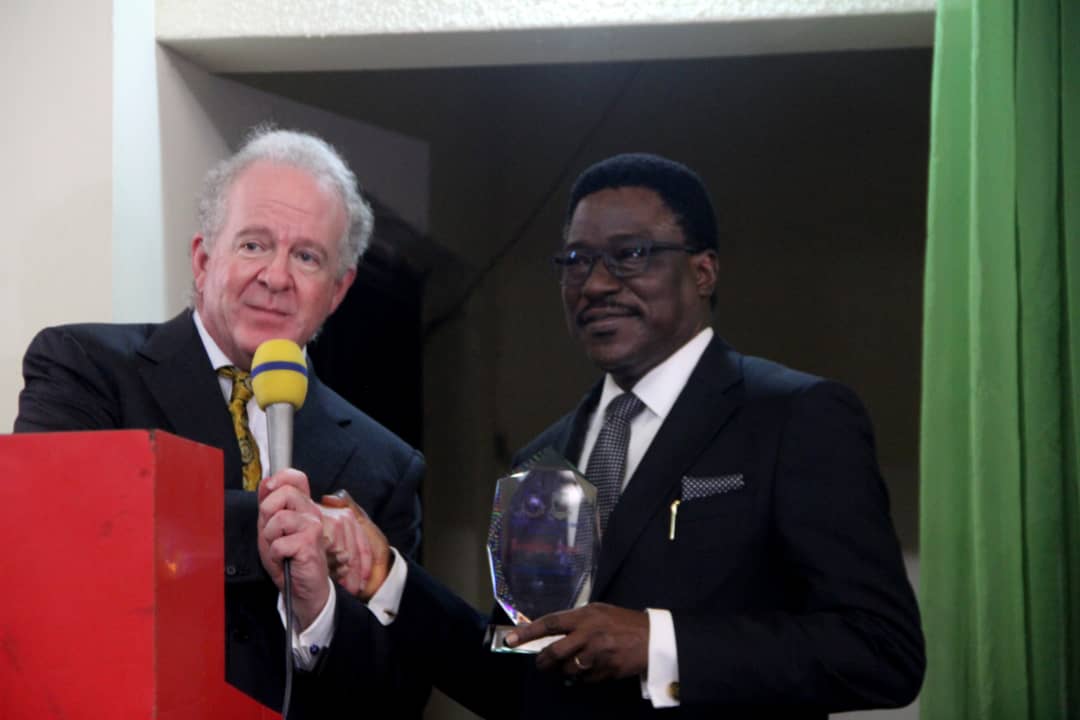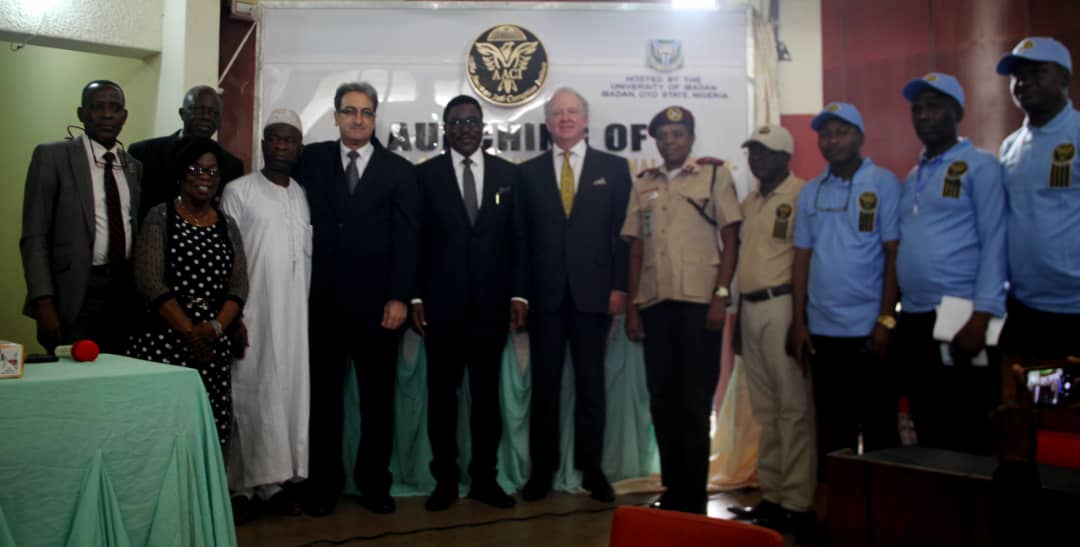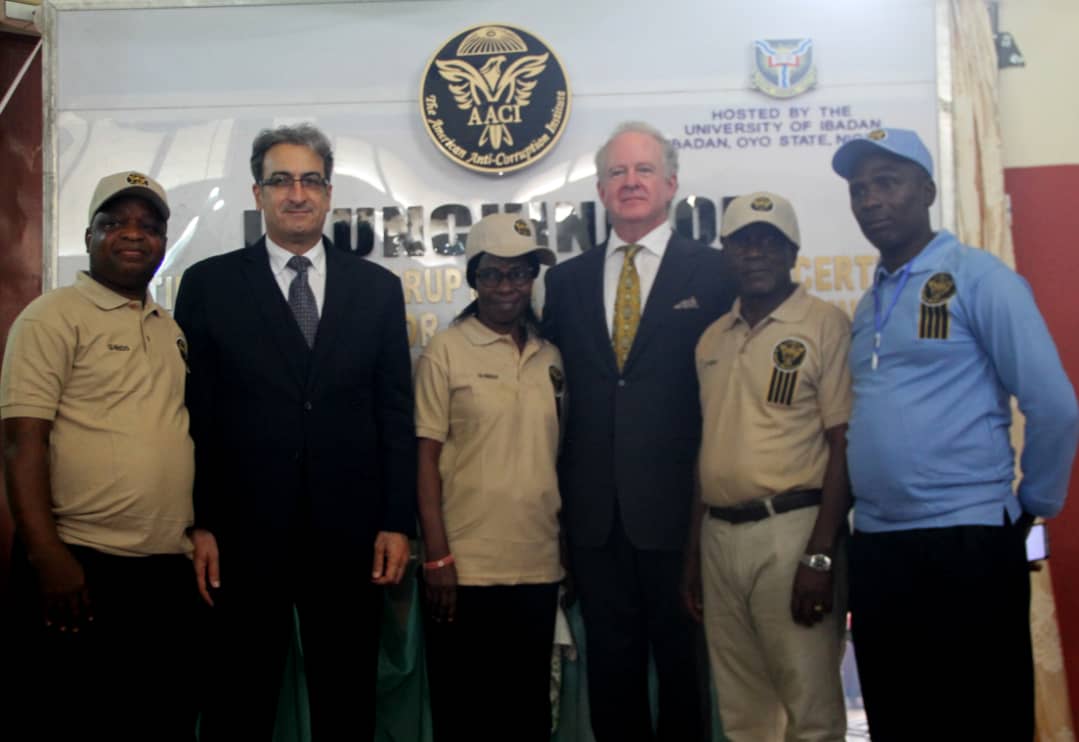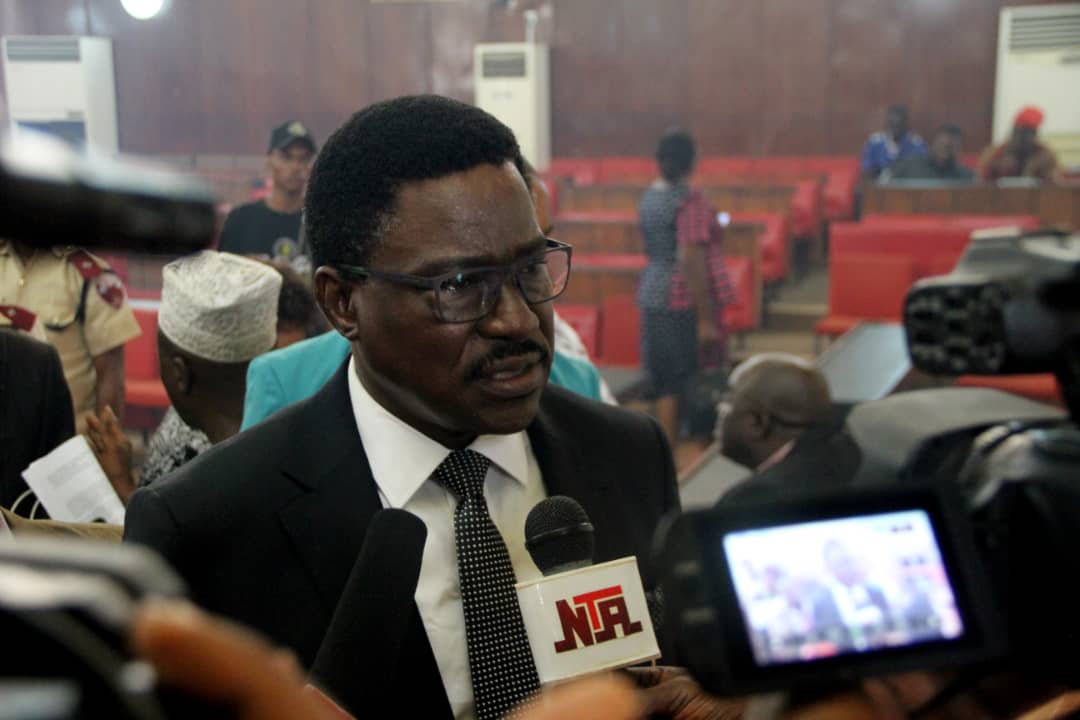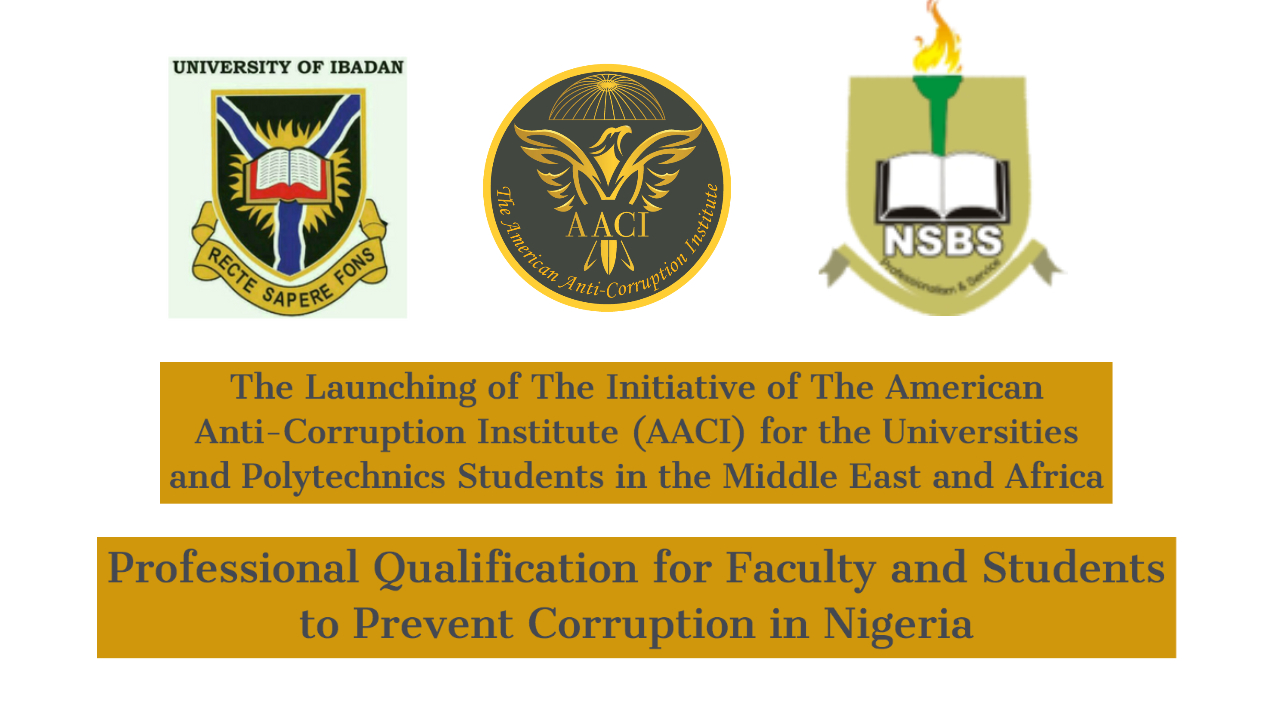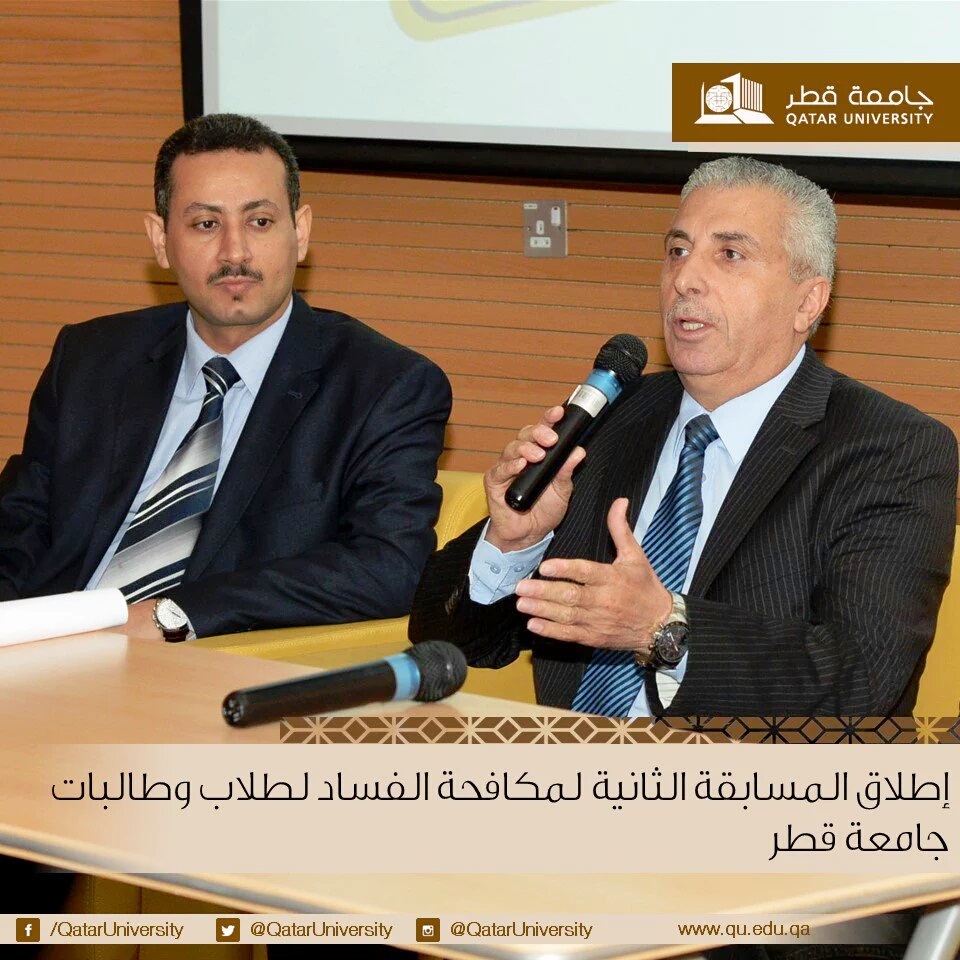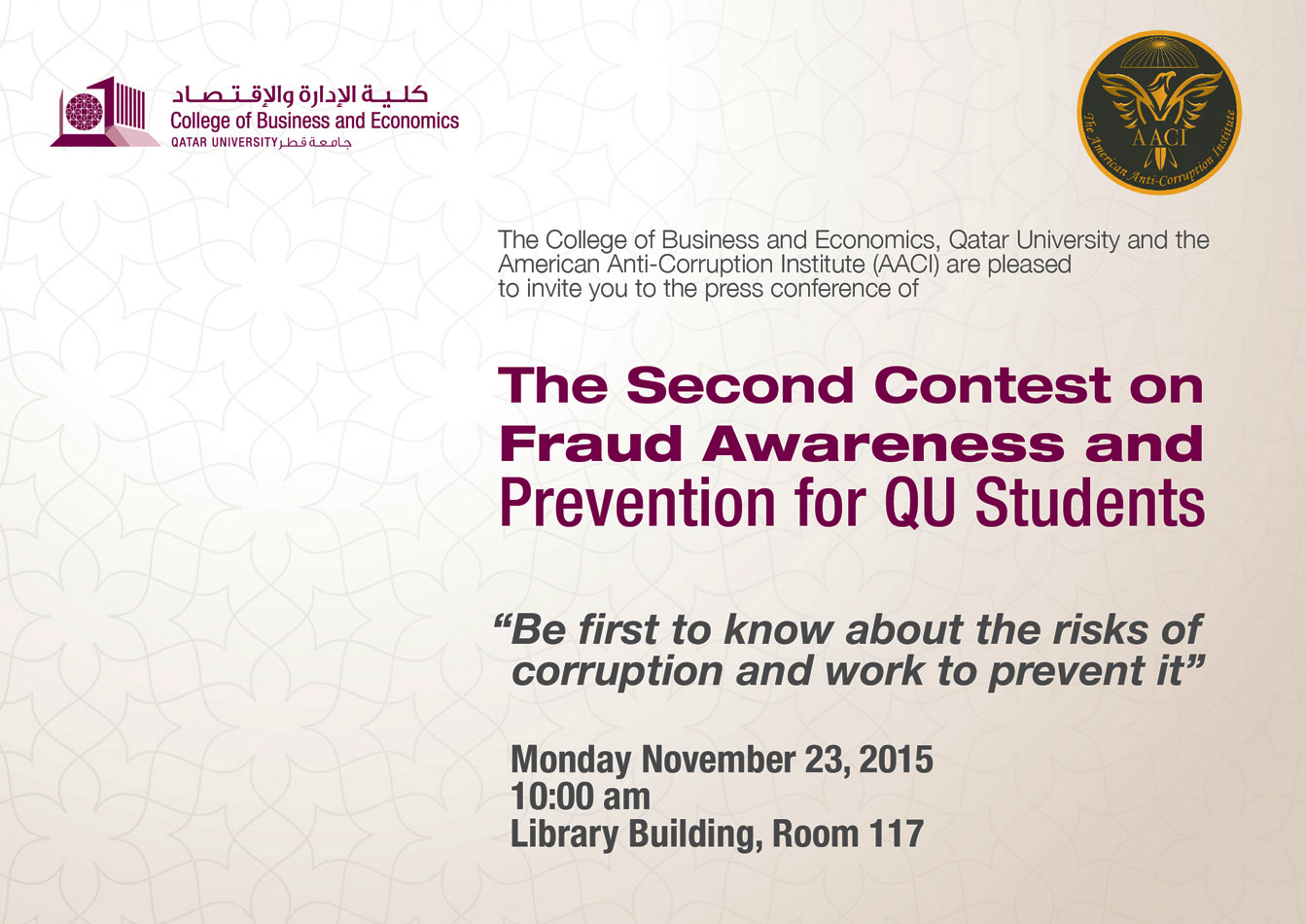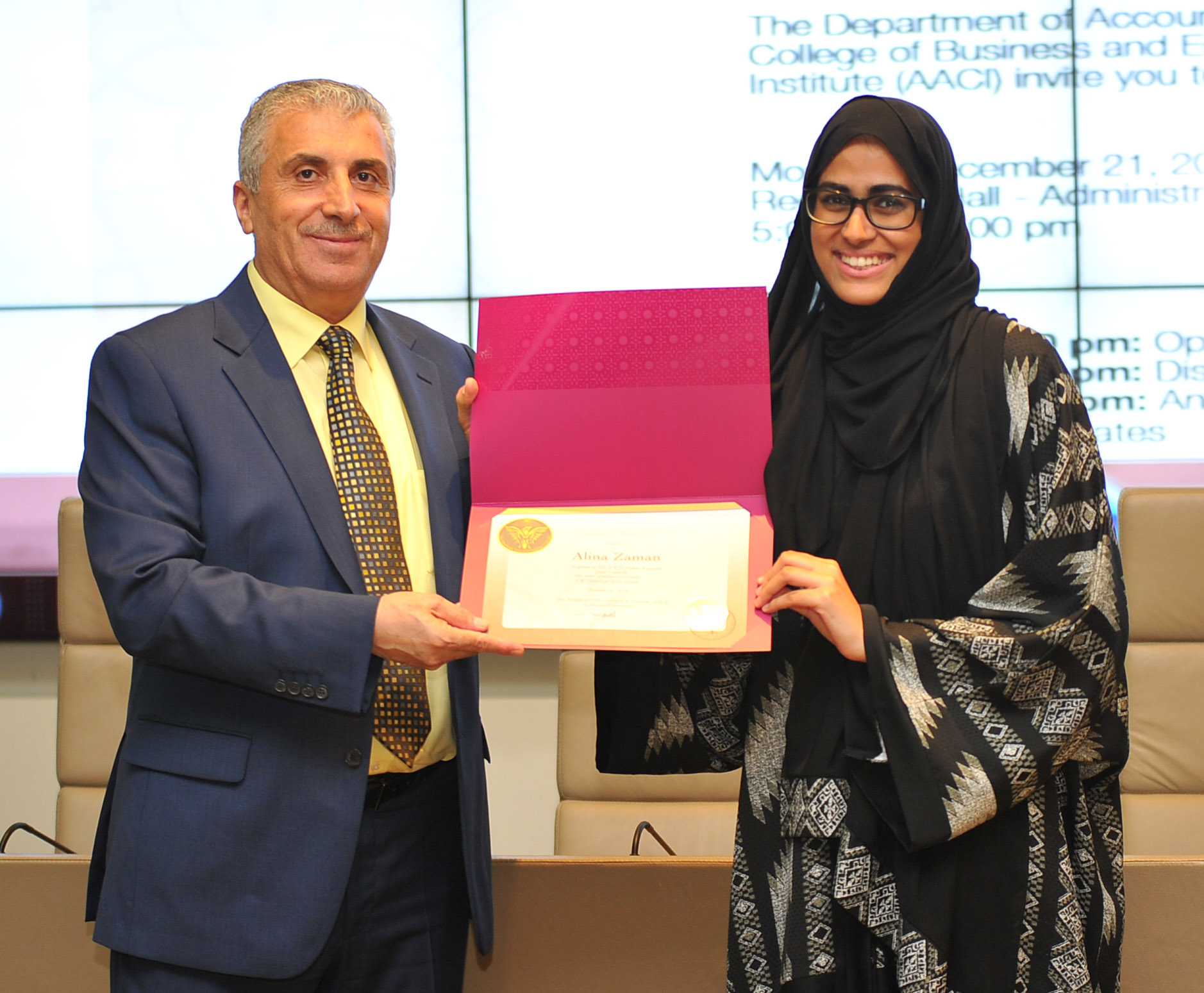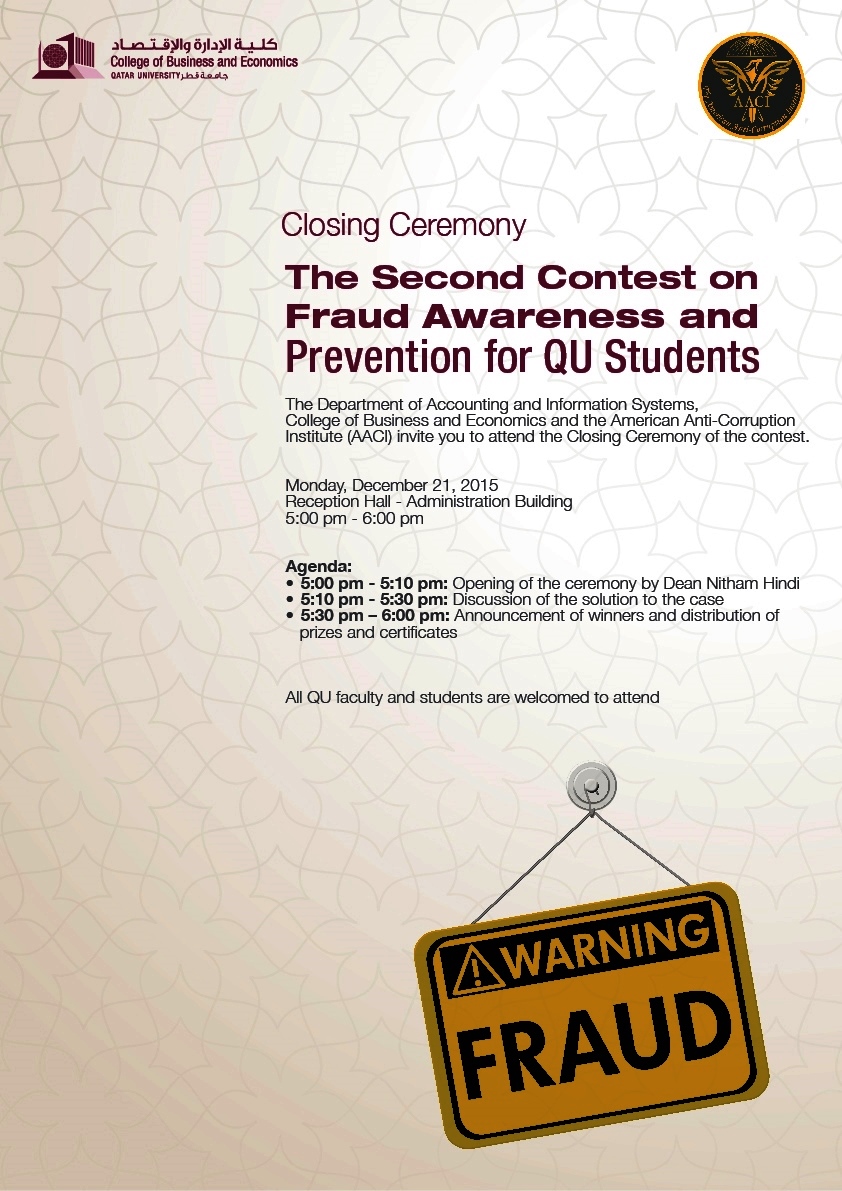The Technical Staff,
April 22, 2024
Fraud prevention is often hailed as the prudent path, but do stakeholders, including board members, regulators, and partners, truly invest rationally in this pursuit? And if so, do they do so strategically and sufficiently? The answer lies in the intricate tapestry of regional and organizational dynamics.
The extent to which an entity invests in preventing fraud and corruption significantly reflects its leadership’s dedication to combating corruption [1]. The foundational component of internal control—the control environment—articulated by COSO.org [2], underscores how the commitment of the board of directors or its equivalent in the public sector to integrity and ethical values profoundly shapes an organization’s internal control landscape. Thus, the efficacy of internal control is inextricably linked to the battle against fraud, corruption, and money laundering. Yet, why do many organizations fail to allocate adequate resources to mitigate these risks?
The Crux of the Matter
Each organization contends with pervasive corruption risks, often permeating various departments. Corruption risk, fundamentally, constitutes a business risk and warrants treatment akin to other operational, market, or technological risks. We advocate for boards of directors, or their public-sector counterparts, to consistently address the following pivotal questions:
- What is the likelihood that the organization harbors undisclosed instances of fraud and corruption?
- Conversely, what is the likelihood that the organization operates free from ongoing fraud and corruption, unknown to us?
Though distinct, these inquiries are interlinked, necessitating an understanding of both for effective resolution. Are stakeholders such as board members, CEOs, ministers, or central bank governors obligated to possess such insights? Undoubtedly.
However, in numerous instances across developed and developing nations, these stakeholders are likely bereft of this crucial understanding. The reasons behind this knowledge gap are multifaceted and extend beyond the confines of this discourse. Yet, envision the ramifications for an organization’s corruption risk landscape when its governing body lacks objective, timely, and reliable insights into its internal dynamics.
We implore legislators and regulators to mandate anti-corruption literacy among board members and their equivalents. Equipping them with the tools to address these critical questions is pivotal, empowering them to bolster the collective resolve against corruption.
Notes and References
[1] Investment in Corruption Prevention is the principal number 6 of the Ten Principles of Fighting Corruption promulgated by The American Anti-Corruption Institute (AACI).

[2] The Committee of Sponsoring Organizations (COSO) issued in 1992 Internal Control: Integrated Framework. It is the first time internal control is framed into such a conceptual framework. Read more on https://www.coso.org/about-us, [Accessed on April 22, 2023]
Photo by Christina Morillo: https://www.pexels.com/photo/employees-gathered-on-a-conference-room-1181421/
